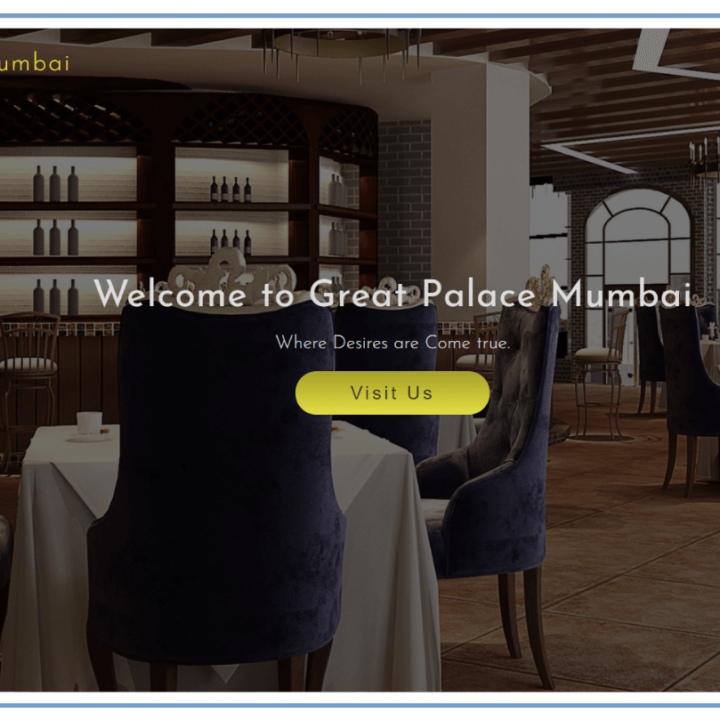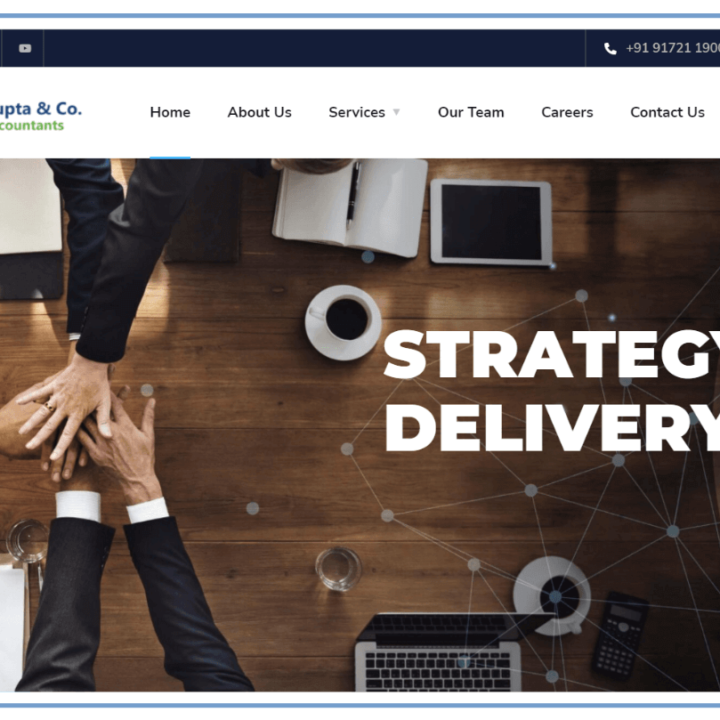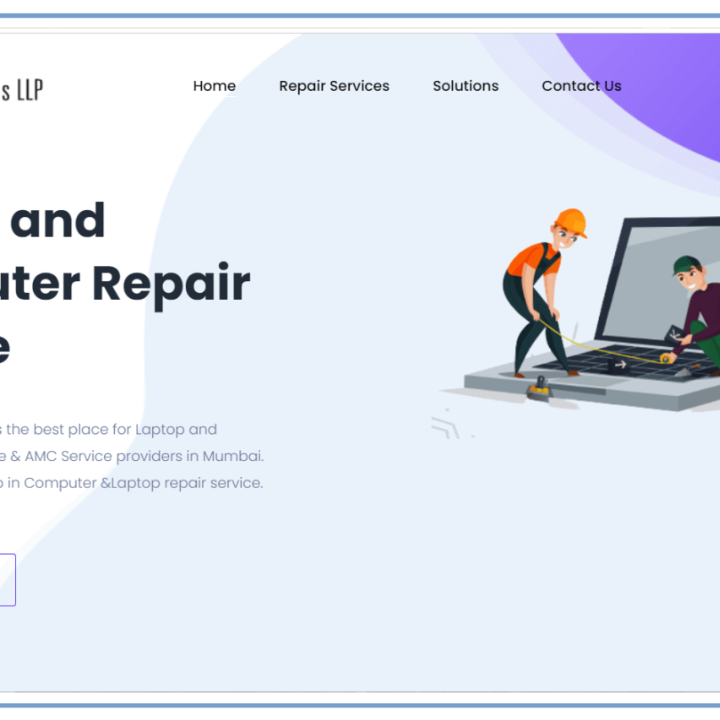Building Brand Loyalty Through Customer Engagement
Building brand loyalty is critical in today’s competitive company landscape for long-term growth and profitability. While there are several approaches to accomplishing this aim, one strategy that has proven to be beneficial is client interaction. You can nurture strong connections, establish trust, and build a loyal client base by actively engaging and interacting with your consumers. In this post, we will look at the notion of establishing brand loyalty through consumer involvement and cover practical suggestions for effectively implementing this approach.
Table of Contents
- Introduction
- Understanding Brand Loyalty
- The Importance of Customer Engagement
- Strategies for Effective Customer Engagement
- Measuring Customer Engagement
- Case Studies: Successful Customer Engagement Examples
- Overcoming Challenges in Customer Engagement
- The Future of Customer Engagement
- Conclusion
- FAQs
1. Introduction
Building Brand Loyalty Through Customer Engagement. In the digital age, where consumers have an abundance of choices, building brand loyalty has become increasingly challenging. Customers are more discerning, demanding personalized experiences and meaningful connections with the brands they support. This is where customer engagement plays a pivotal role. By actively engaging customers through various channels and touchpoints, businesses can cultivate loyalty and secure their position in the market.
2. Understanding Brand Loyalty
A customer’s devotion and connection to a certain brand are referred to as brand loyalty. It goes beyond simply being satisfied with a product or service. Loyal consumers not only make repeat purchases, but they also advocate for the brand, recommend others, and are more resistant to competing offers. Brand loyalty develops over time as a result of pleasant experiences, emotional ties, and trust.
3. The Importance of Customer Engagement
Customer engagement is a strategic approach to building and nurturing relationships with customers. Engaged customers are more likely to trust, support, and remain loyal to a brand. They actively interact with the brand, provide feedback, and participate in discussions. Customer engagement enhances customer satisfaction, encourages brand advocacy, and ultimately drives business growth.
4. Strategies for Effective Customer Engagement
To effectively engage customers and foster brand loyalty, businesses should consider the following strategies:
4.1 Personalized Communication
Tailoring communication to individual customers creates a sense of importance and relevance. Utilize customer data and segmentation to deliver personalized messages through email marketing, chatbots, or personalized landing pages. Address customers by their names, recommend relevant products or services, and acknowledge their preferences to enhance engagement.
4.2 Active Social Media Presence
Social media platforms are a wonderful way to connect with clients on a more personal level. Share fascinating information on a regular basis, reply to comments and messages quickly, and start dialogues. Encourage user-generated content and employ social media influencers to increase the reach and engagement of your business.
4.3 Valuable Content Creation
Create and share valuable content that educates, entertains, or solves customer problems. Blog posts, videos, podcasts, and infographics can serve as powerful tools for engagement. Establish yourself as a trusted authority in your industry by providing valuable insights and information.
4.4 Reward Programs and Exclusive Offers
Implement reward programs and exclusive offers to incentivize customer loyalty. Offer discounts, freebies, or access to exclusive events for your loyal customers. Make them feel appreciated and valued for their continued support.
4.5 Gathering and Responding to Feedback
Actively seek feedback from your customers and respond promptly. Conduct surveys, utilize online reviews, and monitor social media conversations. Demonstrate that you value their opinions and take their feedback into account. This two-way communication builds trust and strengthens the bond between your brand and customers.
5. Measuring Customer Engagement
To gauge the effectiveness of your customer engagement efforts, it is crucial to measure and analyze relevant metrics. Key performance indicators (KPIs) such as customer satisfaction scores, social media engagement rates, website traffic, and customer retention rates can provide valuable insights. Use analytics tools to track these metrics and make data-driven decisions to optimize your engagement strategies.
6. Case Studies: Successful Customer Engagement Examples
Examining successful customer engagement strategies employed by renowned brands can provide inspiration and valuable lessons. Let’s explore two examples:
6.1 Starbucks’ Mobile App and Rewards Program
Starbucks leverages its mobile app to engage customers and enhance their experience. The app allows customers to order ahead, earn rewards, and receive personalized offers. By gamifying the rewards program and providing a seamless digital experience, Starbucks keeps customers engaged and encourages them to choose Starbucks for their coffee needs.
6.2 Nike’s Community Engagement
Nike has built a strong community of loyal customers through active engagement initiatives. The brand encourages customers to share their fitness goals, achievements, and challenges on social media using specific hashtags. Nike responds to these posts, provides motivation, and facilitates a sense of belonging. This community engagement strategy has created a passionate and dedicated customer base.
7. Overcoming Challenges in Customer Engagement
While customer engagement can yield significant benefits, businesses may encounter challenges along the way. Some common challenges include information overload, maintaining consistency across multiple channels, and managing negative feedback. By staying agile, monitoring trends, and adapting to evolving customer expectations, businesses can overcome these obstacles and forge stronger connections with their customers.
8. The Future of Customer Engagement
Customer involvement will change in tandem with technological advancement. Some of the upcoming concepts that will affect the future of consumer engagement include artificial intelligence, chatbots, virtual reality, and augmented reality. Businesses should embrace these technologies and look for new methods to engage with their consumers on a more personal basis.
9. Conclusion
Building brand loyalty through customer engagement is a powerful strategy that can differentiate your business from competitors and foster long-term success. By implementing personalized communication, active social media presence, valuable content creation, reward programs, and gathering customer feedback, you can create meaningful connections with your customers and cultivate a loyal customer base.
FAQs (Building Brand Loyalty)
Q1: How long does it take to build brand loyalty through customer engagement?
Ans. Building brand loyalty takes time and consistent effort. It depends on various factors such as the industry, customer demographics, and the effectiveness of your engagement strategies. Patience and a long-term commitment are essential.
Q2: Can customer engagement benefit small businesses?
Ans. Absolutely! Customer engagement is not limited to large corporations. Small businesses can benefit greatly from engaging their customers and building strong relationships. It helps create a loyal customer base and promotes positive word-of-mouth.
Q3: What role does social media play in customer engagement?
Ans. Social media platforms provide direct and interactive client contact. They enable businesses to communicate with customers in real-time, exchange information, get comments, and create a community around their brand.
Q4: How can businesses measure customer engagement?
Ans. Businesses can measure customer engagement through various metrics such as social media engagement rates, customer satisfaction scores, website traffic, and customer retention rates. Analytics tools and tracking systems can help collect and analyze this data.
Q5: Is customer engagement a one-time effort?
Ans. No, customer engagement is an ongoing process. It requires continuous effort and adaptability to meet changing customer needs and preferences. Regularly evaluate and refine your engagement strategies to maintain a strong connection with your customers.
Building Brand Loyalty Through Customer Engagement
If you like the post please like and share and do make comments in the comments box.
You may see the affiliate link in this blog. imdigitalvinod may receive a small commission if you sign up for Digital Marketing Services on the terms of this offer.









